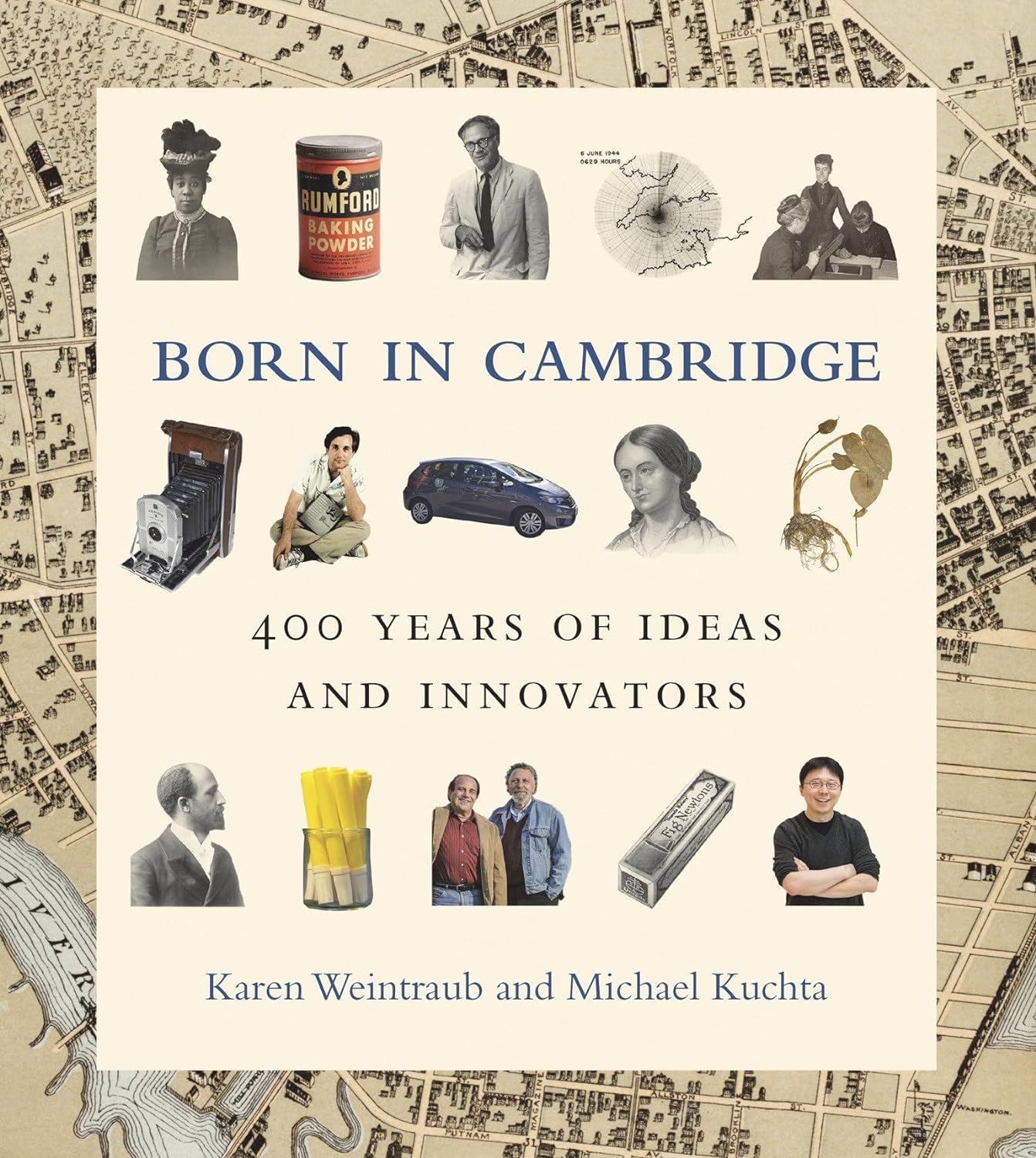For millennia, bakers used yeast to generate leavening in their breads. Yeasts are microscopic fungi; even in the dried form used by bakers today they are living organisms. Yeast cells feed on starches and sugars such as those in wheat flour. As yeast cells digest their food, they release carbon dioxide, which makes bread dough rise. As a natural product, yeast can be unpredictable; a given weight of dried yeast may contain a mixture of inactive and living organisms or yeasts of different strains and potency. In the 1800s, yeasts were thought by some people to be agents of decay and even associated with moral failing. Scientists began the search for more reliable leavening agents. In the 1840s, cream of tartar — a byproduct of wine making — was found to generate carbon dioxide when mixed with baking soda. But in the 19th century, wine production was mostly limited to Europe, meaning that American bakers had to import cream of tartar at great expense.
Horsford began to study the problem in 1854. He proposed a substitute for cream of tartar: monocalcium phosphate made by treating animal bones with sulfuric acid. Horsford received a patent in 1856 for the process of making monocalcium phosphate. To prevent a premature reaction between the two primary chemical agents in his baking powder, Horsford proposed adding corn starch so that the ingredients could be packaged together, mixed in the correct proportions in a factory, and shipped ready for use by bakers. Horsford — who held the title of Rumford Professor and Lecturer on the Application of Science to the Useful Arts at Harvard — established the Rumford Chemical Works in East Providence, Rhode Island, where he manufactured the new product. The American Chemical Society considers the invention of baking powder of such importance that in 2006 it named the development of baking powder a National Historic Chemical Landmark.
In 1861, Horsford published “The Theory and Art of Bread Making: A New Process without the Use of Ferment.” In the tract, he promoted the use of his chemical leavening over yeast. Horsford argued that the nutritional value of white bread was reduced by the action of yeast and the removal of phosphate-rich wheat bran. He noted that the chemical leavening he had invented worked more quickly than yeast (which often requires hours of rising time) and that baking powder required less skill from the home baker than recipes using yeast. He believed that the only purpose of yeast in bread making is to develop the air bubbles that permit easy human digestion of wheat.
